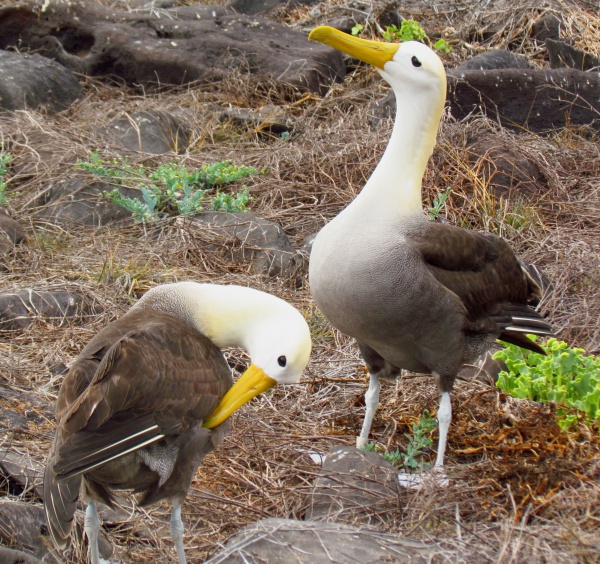Facts About Waved albatross
The waved albatross, also known as the Galápagos albatross, is a captivating bird species that thrives in the tropics. These medium-sized birds are distinctive, characterized by their yellowish-cream necks and heads, long bright yellow bills, and brownish bodies. They primarily breed on Española Island in the Galápagos archipelago but migrate to the coasts of Ecuador and Peru when not breeding.
Their diet is quite diverse, encompassing fish, squid, and crustaceans. They are exceptional fliers, employing a technique known as dynamic soaring to glide effortlessly over the ocean.
Regrettably, the waved albatross faces numerous threats. Longline fishing often results in bycatch, which can be fatal for these birds. Additionally, tourism, diseases, and illegal fishing present significant risks. Due to these challenges, their population has been in decline. The IUCN classified them as vulnerable in 2000 and elevated their status to critically endangered in 2007.
Conservation efforts are in progress to protect these remarkable birds. Measures include protections within the Galápagos National Park and ongoing monitoring of their populations. Although there were an estimated 34,700 adult birds in 2001, the species remains at risk of extinction.

 Colombia
Colombia